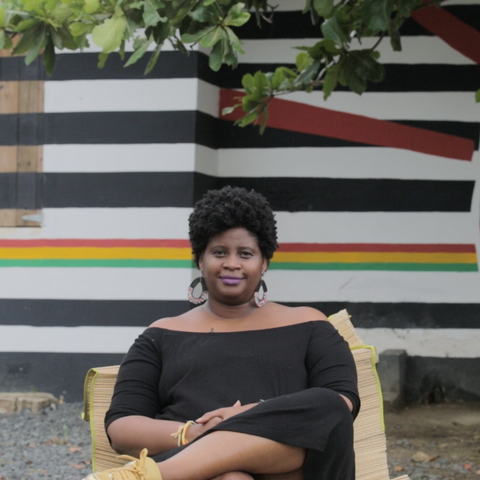In the United States, racial segregation enforced strict political and social barriers between Blacks and whites long after slavery. (“One drop” of African blood designated you as “Black,” no matter what your complexion or ethnicity.) But in Puerto Rico and other parts of Latin America where racial mixing was common, there are numerous ways to identify racially, with different names for different combinations of skin tones, hair textures, and facial features, such as “negra,” “trigueña,” or “morena.”
It’s one of the reasons that not every Latino who has brown skin or African ancestry calls themselves “Black” or “Afro-Latinx“—and some might even take offense to the suggestion that they should be called anything but Puerto Rican.
Natasha S. Alford, “This Afro-Latina Started a Magazine in Puerto Rico to Celebrate Black Beauty,” The Oprah Magazine, September 20, 2019. https://www.oprahmag.com/life/a29107354/afro-latinos-puerto-rico-magazine/.
